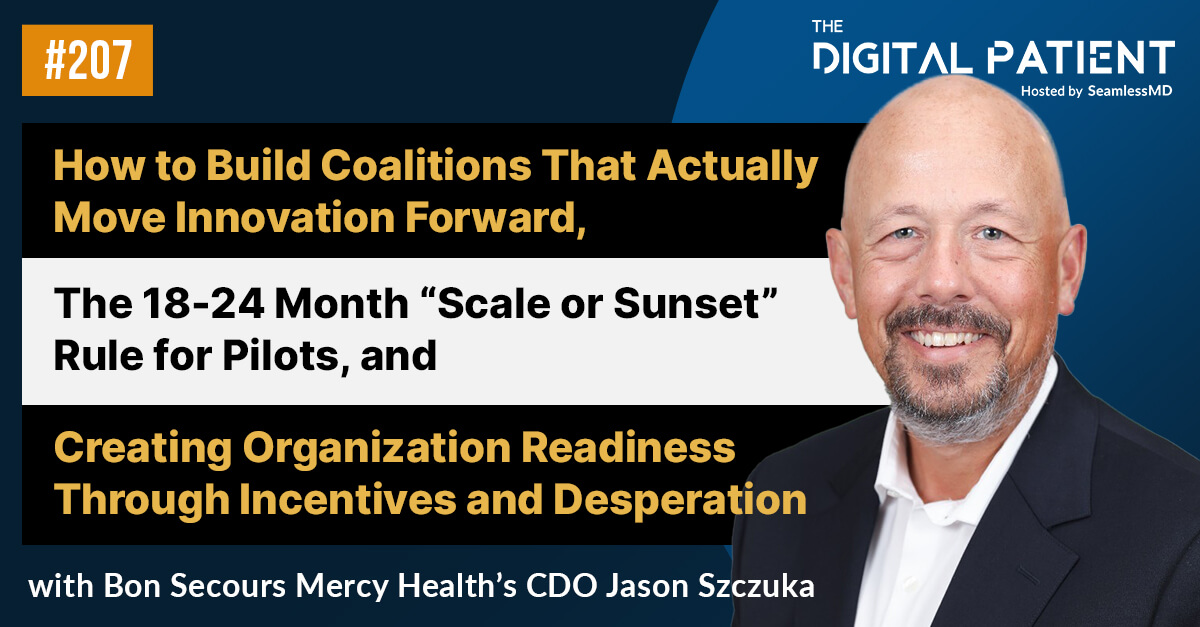While the COVID-19 pandemic accelerated the wide-scale adoption of remote monitoring solutions, this technology is expected to continue to play a significant role beyond the pandemic. To address these rising consumer expectations, healthcare organizations are now incorporating remote monitoring solutions into their long-term strategy for improved patient outcomes (e.g. reduced hospital length of stay, readmission rates, and ED visits).
Organizations recognize that establishing the optimal team structure for your Surgical Remote Monitoring program has a tangible impact on the success of your initiative down the line. There is no doubt that effective teamwork repeatedly separates successful Surgical Remote Monitoring programs from a failed initiative. Therefore, it is important to gain an understanding of the key players for your Surgical Remote Monitoring program prior to implementation.
Below is a list of the types of stakeholders needed for your Surgical Remote Monitoring program, and their typical role both during Implementation and after Go-Live. Representatives from each of these stakeholders should form your Surgical Remote Monitoring steering committee.

Check out our podcast episode on “How to Implement Surgical Remote Monitoring” where we discuss the topic in-depth below:
Want a step-by-step plan to help you get started with a Surgical Remote Monitoring program? Download our free whitepaper here for a practical guide on how to get started with a Surgical Remote Monitoring program today.
.svg)










.png)
